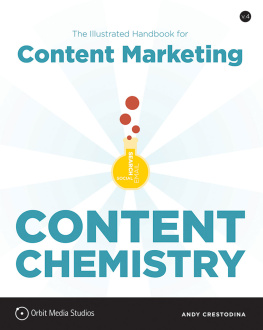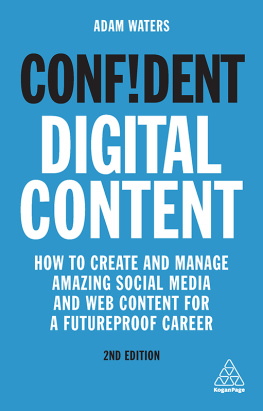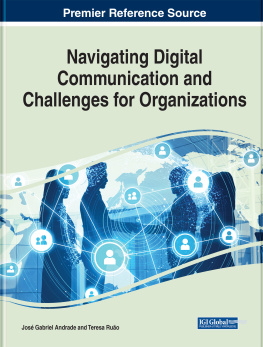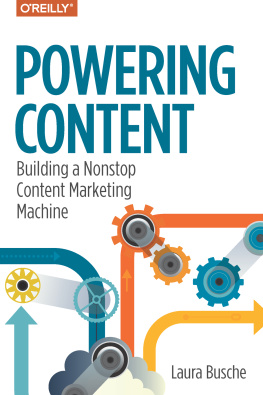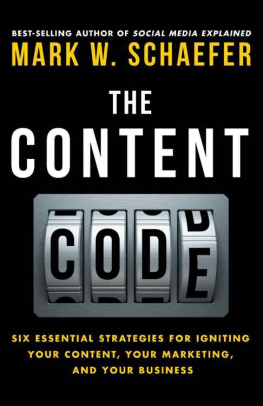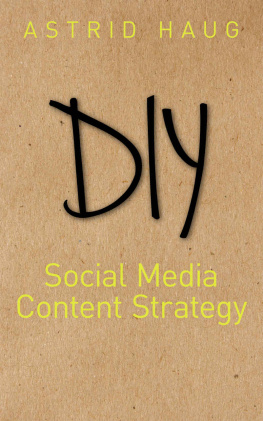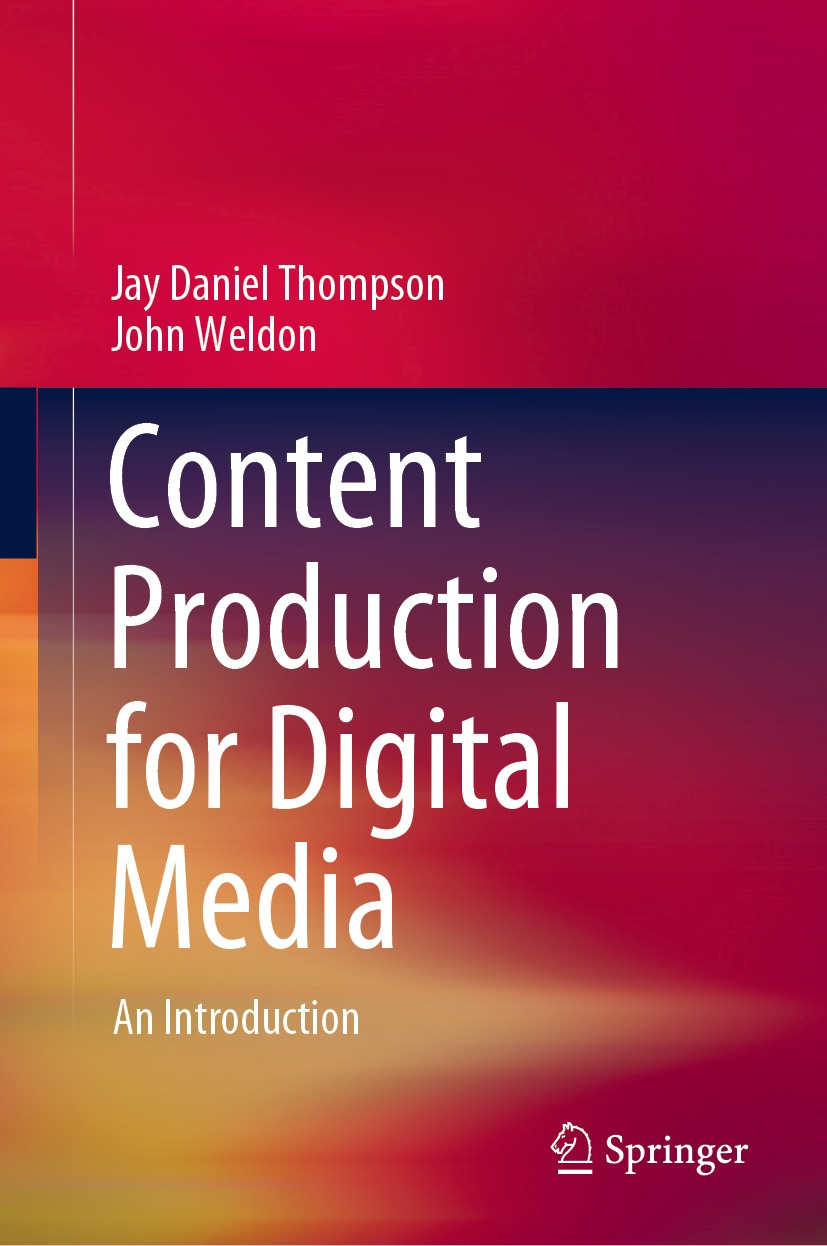Jay Daniel Thompson
RMIT University, Melbourne, VIC, Australia
John Weldon
Victoria University, Footscray, VIC, Australia
ISBN 978-981-16-9685-5 e-ISBN 978-981-16-9686-2
https://doi.org/10.1007/978-981-16-9686-2
The Editor(s) (if applicable) and The Author(s), under exclusive license to Springer Nature Singapore Pte Ltd. 2022
This work is subject to copyright. All rights are solely and exclusively licensed by the Publisher, whether the whole or part of the material is concerned, specifically the rights of translation, reprinting, reuse of illustrations, recitation, broadcasting, reproduction on microfilms or in any other physical way, and transmission or information storage and retrieval, electronic adaptation, computer software, or by similar or dissimilar methodology now known or hereafter developed.
The use of general descriptive names, registered names, trademarks, service marks, etc. in this publication does not imply, even in the absence of a specific statement, that such names are exempt from the relevant protective laws and regulations and therefore free for general use.
The publisher, the authors and the editors are safe to assume that the advice and information in this book are believed to be true and accurate at the date of publication. Neither the publisher nor the authors or the editors give a warranty, expressed or implied, with respect to the material contained herein or for any errors or omissions that may have been made. The publisher remains neutral with regard to jurisdictional claims in published maps and institutional affiliations.
This Springer imprint is published by the registered company Springer Nature Singapore Pte Ltd.
The registered company address is: 152 Beach Road, #21-01/04 Gateway East, Singapore 189721, Singapore
Acknowledgements
Content Production for Digital Media has been several years in the making. There are a number of individuals and organisations to thank for making the publication of this text possible.
We thank Springer Nature for giving this book the go-ahead, and for their patience during a writing process that was elongated by the complexities of the COVID-19 pandemic. We thank the books interviewees for giving their time and expertise. We are sure that readers will appreciate the insights that you each have proffered.
Jay Daniel Thompson: I thank my co-author, John Weldon, for his good humour, boundless knowledge on all things media-related and razor-sharp editorial skills. Its been a pleasure doing business with you.
I thank all of my colleagues and students in the School of Media and Communication at RMIT University for the enthusiasm and support that they have shown towards this text. The School has provided the ideal intellectual environment in which to complete such a book.
I thank my familyparents, Patricia and Peter, brother, Rhys and Rhys partner, Zarafor being there.
Finally, I thank those friends and colleagues who offered useful suggestions, pieces of information, and encouragement. These include Anna Hickey-Moody, Arjun Rajkhowa, Ashleigh Haw, Catherine Gomes, Chengju Huang, Chris Canty, David Fiorovanti, Denis Muller, Erin Reardon, Fran Martin, Gilbert Caluya, Ingrid Volkmer, Julian Novitz, Kyujin Shim, Le Anh Tuan, Linh Tran, L. J. Maher, Mark Davis, Mark Gibson, Rebecca Louise, Rob Cover, Robert Hassan, Scott Brook, Wonsun Shin and anyone I have forgotten. My cat, Charlie, has provided some much-needed affectionand scratches!
John Weldon: Big thanks to Jay whose knowledge of the media game is outpaced only by his passion and energy. Your drive and dedication, your thoroughness and your out-of-the-box entrepreneurship made this possible.
Id like to thank my family for their generosity. For allowing me to work in the lounge room uninterrupted for many a lockdown month, Cait, Patrick, Rose and Dan, I thank you so much. Mum and Dad, big ups to you too.
Thanks to Andrew Smallridge, and Loretta Konjarski in the First Year College at VU, for your support during what was a long, and frankly weird, 2020. Thanks also to my colleagues past and present in VUs Creative and Professional Writing, and Communications disciplines for creating such a dynamic and innovative work place.
Thanks also to Ian Syson, Steve Hayward and Andrew Gigacz whose companionship, encouragement, support and friendship in writing I appreciate greatly.
Introduction
Todays media professionals are content producers.
That is the argument that drives Content Production for Digital Media. This book has been conceived as an introduction to content production in its many and varied forms. In doing this, the text seeks to clarify why content productionthe use of digital technology to generate multimodal media artefactsis a useful term to describe what media professionals do.
In making this argument, the book acknowledges that content producer as a job title has become popular. This is suggested by even a cursory search of job advertisements. For instance, take the following advertisement that was posted in October 2021 for a Junior Content Producer role in the UK. This position involves
developing and creating content that can be used across a variety of media including digital, social media, broadcast or in print. Working to the customer/client brief, they research, prepare and develop the media messaging to maximise audience engagement, capturing the strategy and objectives of the brand and needs of the customer they are representing. The content they create can be used as part of media, advertising and marketing campaigns Junior Content Producers collaborate with designers and developers, using authoring languages to create content for the World Wide Web, which may include video, images, text (or copy) and web pages and social media content, so an enthusiasm for technology and creating great online experiences is a must.
In this brief description, we can see that the incumbent must possess a range of skills in producing media for online fora. They must have a knowledge of what audience engagement is, as well as an idea of how to reach the target audience for the organisation advertising the position. This Junior Content Producer must be familiar with marketing and advertising campaigns. They must be across a range of content that can be published in digital settings (video, images, text).
Relatedly, the book acknowledges that the role of a media professional in a more established or long-standing occupations has necessarily expanded because of the plethora of content that can be produced in online spaces. For example, a journalist must not only be able to report on current affairs and tell stories; they must but also promote their work, construct and maintain their public images (e.g., via social media), interact with readers. In the chapters that follow, we look at what these media professionals do exactlywhat content do they produce? What skills must they possess? How do they use the technological affordances at their disposal?




